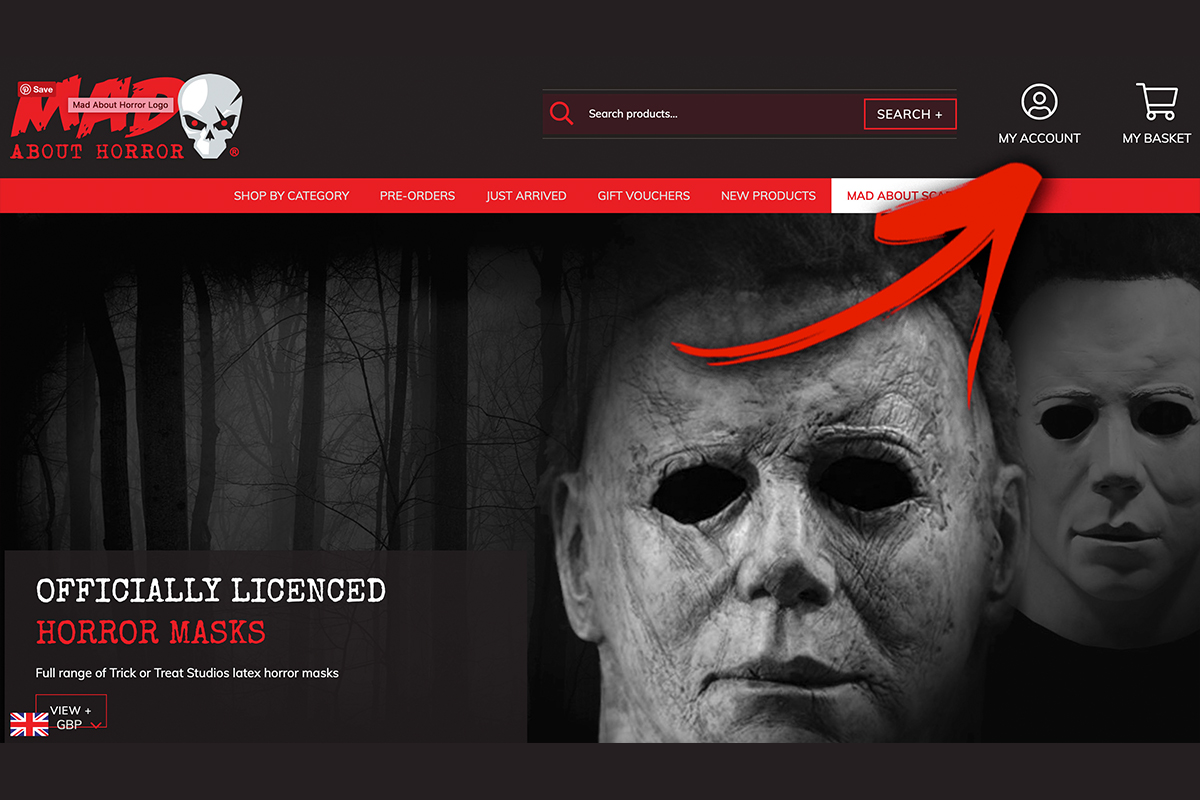I recently had a mid-sized business hire me to write their quarterly external newsletter which they were hoping would create a stronger client bond. Part of my research to get to know them better was to review their website. Pretty standard process. But when I typed in their URL, I was appalled by what I saw.
Not only was the design lacking, but the copy was choppy and uneven. Chunks of copy covered the page like blobs of paint that had fallen unintentionally from a paint brush. The copy that was there was too lengthy and vague; had I not already talked to the Project Manager, I’m not sure I would have understood what their services actually were. This was unfortunate, considering they offered services that their clients actually wanted and needed – after school programs for inner city high school children.
It struck me that one of the main reasons they were having difficultly getting and keeping customer loyalty was due to their shoddy website copy and design. They needed to invest some of their time and focus into their website in order to give any time and focus to those kids.
This, in turn, got me thinking about how many websites I’ve seen just this week that aren’t gripping their readers the way they should be. After all, if you don’t make a strong impact within about five seconds, you can wave bye-bye to that potential client. I’ve given tips about website copy before, but I figured putting it all in one place might be helpful. So, here are some surefire guidelines to copy that grips and sticks.
Get to the point. Now. Face it; attention spans are down the drain and we have to adjust how we speak to our readers. While every good company has a story that should be told, make sure your copywriter makes it brief. Even if you’ve been instructed to use lengthy sales copy, your marketing writer should know to keep sentences short and snappy.
Be clear. It’s astounding to me how many websites lose their simple message in high-brow language, deliberate vagueness and/or a forced personality. Your reader just wants to know who you are and what you can do for them. And they want to know immediately. Rather than impress them by spouting all the industry lingo you know, just tell them how you can help. Trust me, they’ll appreciate the clear communication.
Give your website a smart structure. Your website pages should make it super-easy for the reader to find the information they’re looking for. You want to keep their attention, so let them know where on your website they can find what they need.
Make sure your copy is up-to-date. There’s nothing more embarrassing than getting a call from a client asking for services you don’t offer anymore. But worse than that, you might be missing calls from folks who don’t know that you do offer the services they’re looking for. To avoid losing clients, keep your website copy fresh and accurate. Always.
Make sure your marketing writer and graphic designer are on the same page. I’ve had the tragic experience of working hard to create engaging, effective copy only to have it slapped up on a website that looked like a flap of cardboard. (And I’m sure there are many talented graphic designers who have had the opposite experience with poor copywriters.) When you let two artists work together, you’ll end up with the brand-reflective, well-blended design and copy that will give your website the impact it deserves.
Bottom line: there’s no point to a bad website. But a website that grips and sticks creates the solid foundation you need to build the rest of your marketing materials. Once you have those key tools, business growth – and success – isn’t far behind.

















+ There are no comments
Add yours